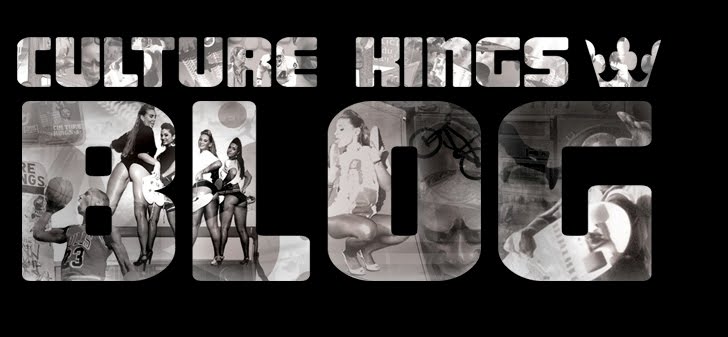Modern Design and Function in World War I

 During World War I sinking a enemy battleship was a 3-step process. First, locate your target's position and plot its course. Second, determine the battleship's speed and confirm the direction in which it's heading. Last, launch torpedo not directly at the ship, but where you think it’s going to be by the time the torpedo reaches the ship.
During World War I sinking a enemy battleship was a 3-step process. First, locate your target's position and plot its course. Second, determine the battleship's speed and confirm the direction in which it's heading. Last, launch torpedo not directly at the ship, but where you think it’s going to be by the time the torpedo reaches the ship. Armed with this insight, British Artist and naval officer Norman Wilkinson pioneered the Dazzle Camouflage movement (known as Razzle Dazzle in the United States). Norman used bright, loud colours and contrasting diagonal stripes to make it incredibly difficult to gauge a ship’s size and direction.
Armed with this insight, British Artist and naval officer Norman Wilkinson pioneered the Dazzle Camouflage movement (known as Razzle Dazzle in the United States). Norman used bright, loud colours and contrasting diagonal stripes to make it incredibly difficult to gauge a ship’s size and direction. As sonar and radar technology improved, the once effective dazzle camouflage was rendered obsolete. By WWII the dazzle camouflage was an afterthought. Thankfully contemporary artists like Jeff Koons have kept the style alive with outrageous boats like this:
As sonar and radar technology improved, the once effective dazzle camouflage was rendered obsolete. By WWII the dazzle camouflage was an afterthought. Thankfully contemporary artists like Jeff Koons have kept the style alive with outrageous boats like this:
















No comments:
Post a Comment